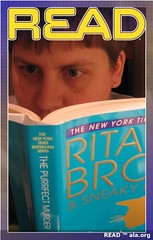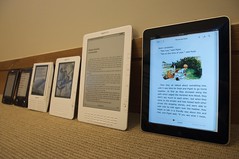
Speaker: Brian Kern
Open access policy was developed late last year and adopted/implemented in March. They have had it live for 86 days, so he’s not an expert, but has learned a lot in the process.
His college is small, and he expects less than 40 publications submitted a year, and they are using the institutional repository to manage this.
They have cut about 2/3 of their journal collections over the past decade, preferring publisher package deals and open access publications. They have identified the need to advocate for open access as a goal of the library. They are using open source software where they can, hosted and managed by a third party.
The policy borrowed heavily from others, and it is a rights-retention mandate in the style of Harvard. One piece of advice they had was to not focus on the specifics of implementation within the policy.
The policy states that it will be automatically granted, but waivers are available for embargo or publisher prohibitions. There are no restrictions on where they can publish, and they are encouraged to remove restrictive language from contracts and author addendum. Even with waivers, all articles are deposited to at least a “closed” archive. It stipulates that they are only interested in peer-reviewed articles, and are not concerned with which version of the article is deposited. Anything published or contracted to be published before the adoption date is not required to comply, but they can if they want to.
The funding, as one may expect, was left out. The library is going to cover the open access fees, with matching funds from the provost. Unused funds will be carried over year to year.
This was presented to the faculty as a way to ensure that their rights were being respected when they publish their work. Nothing was said about the library and our traditional concerns about saving money and opening access to local research output.
The web hub will include the policy, a FAQ, recommended author addendum based on publisher, funding information, and other material related to the process. The faculty will be self-depositing, with review/edit by Kern.
They have a monthly newsletter/blog to let the campus know about faculty and student publications, so they are using this to identify materials that should be submitted to the collection. He’s also using Stephen X. Flynn’s code to identify OA articles via SHERPA/RoMEO to find the ones already published that can be used to populate the repository.
They are keeping the senior projects closed in order to keep faculty/student collaborations private (and faculty research data offline until they publish).
They have learned that the policy is dependent on faculty seeing open access as a reality and library keeping faculty informed of the issues. They were not prepared for how fast they would get this through and that submissions would begin. Don’t expect faculty to be copyright lawyers. Keep the submission process as simple as possible, and allow them to use alternatives like email or paper.






![Holbeach e-book marker [old photo] Holbeach e-book marker [old photo]](http://farm6.staticflickr.com/5294/5395846994_860625a0b7_n_d.jpg)


